In 2006, World of Warcraft’s Gates of Ahn'Qiraj event began. The end reward? Two new raids. To open it, players on every server had to restore a magic scepter, contribute hundreds of thousands of materials across both the Horde and Alliance, players completing numerous epic and hardcore questslines, a lengthy battle outside the Scarab Wall, and finally, one player on each server would get to take the scepter and ring the gong to open the Gates of Ahn’Qiraj. In 2006, around 7 million human beings played World of Warcraft, but only around 250—0.00003% of the player base, a rounding error at best—would receive the title of Scarab Lord, including Destiny’s current director, Luke Smith. Seven million other players wouldn’t get to feel that special, but Smith did. Which might be where Destiny’s problems begin.
As director of Destiny 2, Smith has overseen a game that’s increasingly about being pressured to play, enforcing diverse play, rather than supporting players in playing the way they want. Destiny 2 has become a game that’s less about exciting “you had to be there” moments like Gjallarhorn Day or the discovery of TR3-VR and more about “you should have been there” punishments when gear gets taken away every season or pushed into activities that offer little to no meaningful loot like patrols.
Destiny 2 is not in a great spot right now; the transition from premium game to free to play and the inclusion of awesome features like cross-save make it seem like Destiny should be the best it’s ever been, but the reality is a lot more complicated. Take one look at the community forums or subreddit. Negative sentiment is at an all-time high, with players desperate for answers, identifying any and every annoyance, hoping that if Bungie addresses it, all their problems will be solved.
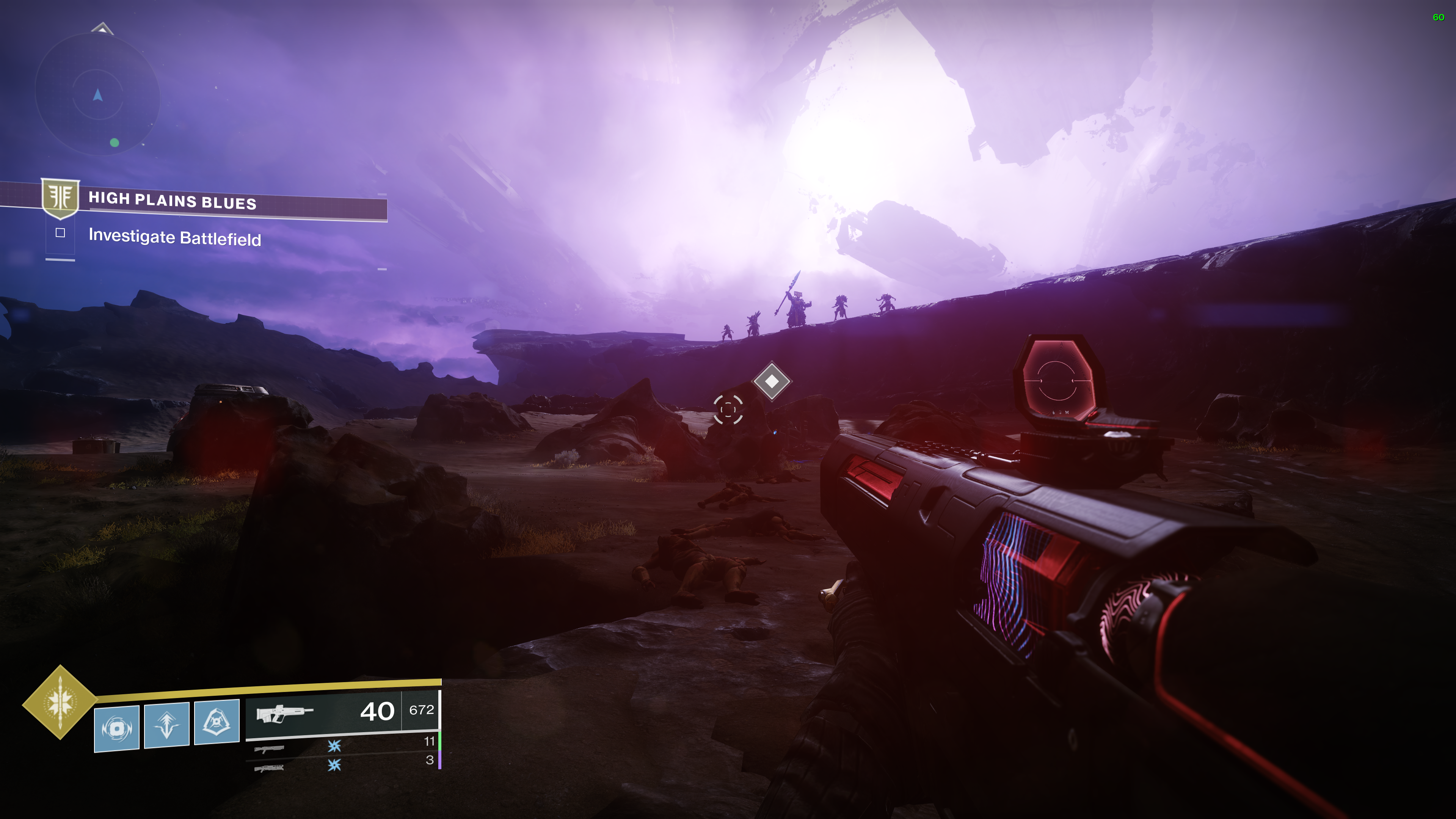
This dynamic is not new, and it is part of what led Destiny to this point. When Bungie released Destiny in 2014, the single biggest complaint about the game was a lack of content: For an online, service-based game, a lack of content is a death sentence. As a developer, you need to give players a reason to keep playing, and the vanilla release of Destiny failed to accomplish that.
As the game matured, Bungie introduced numerous potential endgame activities, like Prison of Elders and Trials of Osiris, and made design decisions meant to give players a reason to keep playing. With Destiny 2’s launch, Bungie made a huge tactical error, releasing all weapons as fixed-rolls, which meant that every time you got a gun like Uriel’s Gift to drop, it’s identical to every other Uriel’s Gift you received. This shrank the game so aggressively that Destiny 2’s launch was the lowest point in the entire series history. Within a year, Bungie wisely pivoted back to random rolls (though unfortunately not for every activity), and the next major expansion, Forsaken, was hailed as a high point for Destiny.
Of course, every content drop has its honeymoon phase. After Forsaken, Bungie spent the next year releasing content via their season pass. The intent, it seems, was to avoid having players run out of things to do too quickly. December 2018’s Season of the Forge had a lot of great ideas, featuring great looking gear, a wonderful raid, and plenty of secrets to uncover. The problem was… the forges themselves weren’t that deep. Each one played the same, with only minor variations, and while the ability to target gear was exciting, familiarity breeds contempt, and too many forge runs would inevitably turn into tedium.
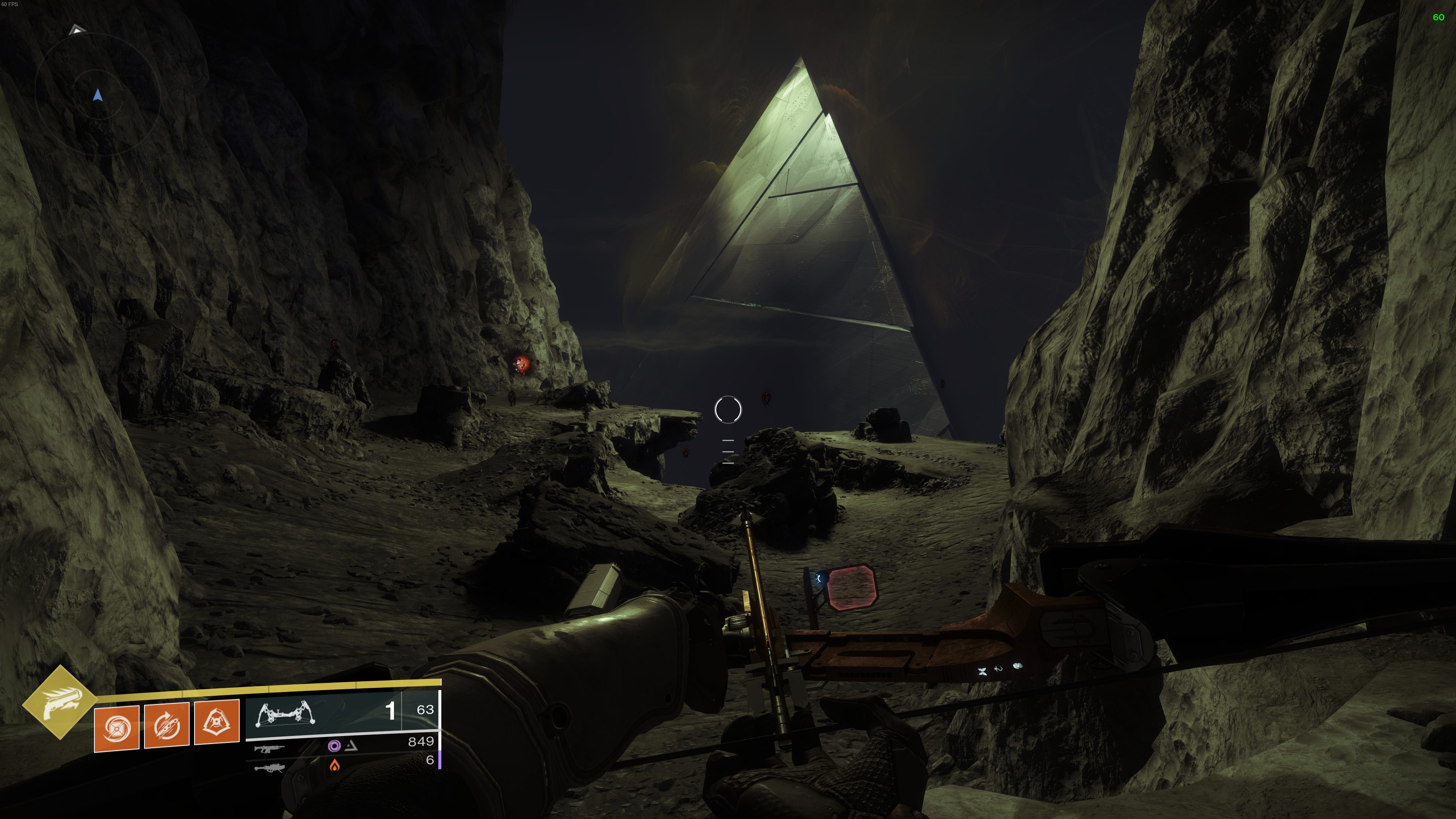
There was a problem: Bungie was putting all this work into designing, building, playtesting, and supporting unique modes with every season, but players were still exhausting content faster than Bungie could create it, and then complaining about not having anything to do. Trying to explain this dynamic to Destiny’s perpetually dissatisfied fans, Luke Smith wrote at the end of the Year 2 that “...the game cannot grow infinitely forever…”
Smith’s remarks signaled a shift in Bungie’s approach to a now-familiar problem. While players are continually demanding new things, once we’ve completed the content, there’s no reason to keep playing. Because seasonal content grows stale quickly, the effort of creating them feels wasted. Now, however, rather than splitting the player base across a plethora of game modes, Bungie would bring new modes in for a limited time, then remove them forever.
But there’s a problem with this approach: the fear of missing out.
How Destiny 2 Punishes Its Players
A great loot-based game is one you log into every day because you want to. I like logging into Monster Hunter during events because I’ve got the weapon I’m happiest with, but I enjoy doing things like hunting the Ancient Leshen with my friend or capturing Wigglers for the goofy Wiggler hat. These events happen frequently—if I miss out on a Kulve Taroth event, that’s okay, because it’ll come back around in a few weeks.
With Destiny 2, a friend of mine came back from months away on deployment, saw the titan ornament from Season of the Undying and my Braytech Winter Wolf, went “ooh, how do I get those?” and, when I told him that it was no longer available, he was audibly disappointed.We haven’t played Destiny much since then.
How did we get here?
Here’s an educated guess as to what went wrong: Bungie wanted to give players choices in the way players earn loot and play the game. They’ve said as much in some of their blog posts and videos, and it sounds like a good thing, but somewhere along the line, the goal and the reality fell out of sync.
There are three issues at play here. The first is the bounty system, which was a great replacement for the pre-existing system of planetary challenges. The second is the power grind, an idea we’ve had since Destiny 2 that other games have attempted and eventually removed, because it isn’t all that compelling. Then there’s the fear of missing out—FOMO, for short. Pressuring players into needing to stick with the game makes it hard to have fun; enjoyment doesn’t come from worrying about what you’ll lose if you aren’t playing.
Bounties, conceptually, are really good! A bounty is essentially a mini-quest you pick up to perform randomized tasks every day or week in exchange for a small reward, and they feel great to turn in. In Destiny, there were 10 bounty vendors, giving out around 28 weekly bounties and 18 daily bounties. In Destiny 2, there are twice as many bounty vendors, offering around a whopping 65 weekly and 65 daily bounties, not counting unlimited, repeatable bounties, of which there are 8 sources offering up to 5 each.
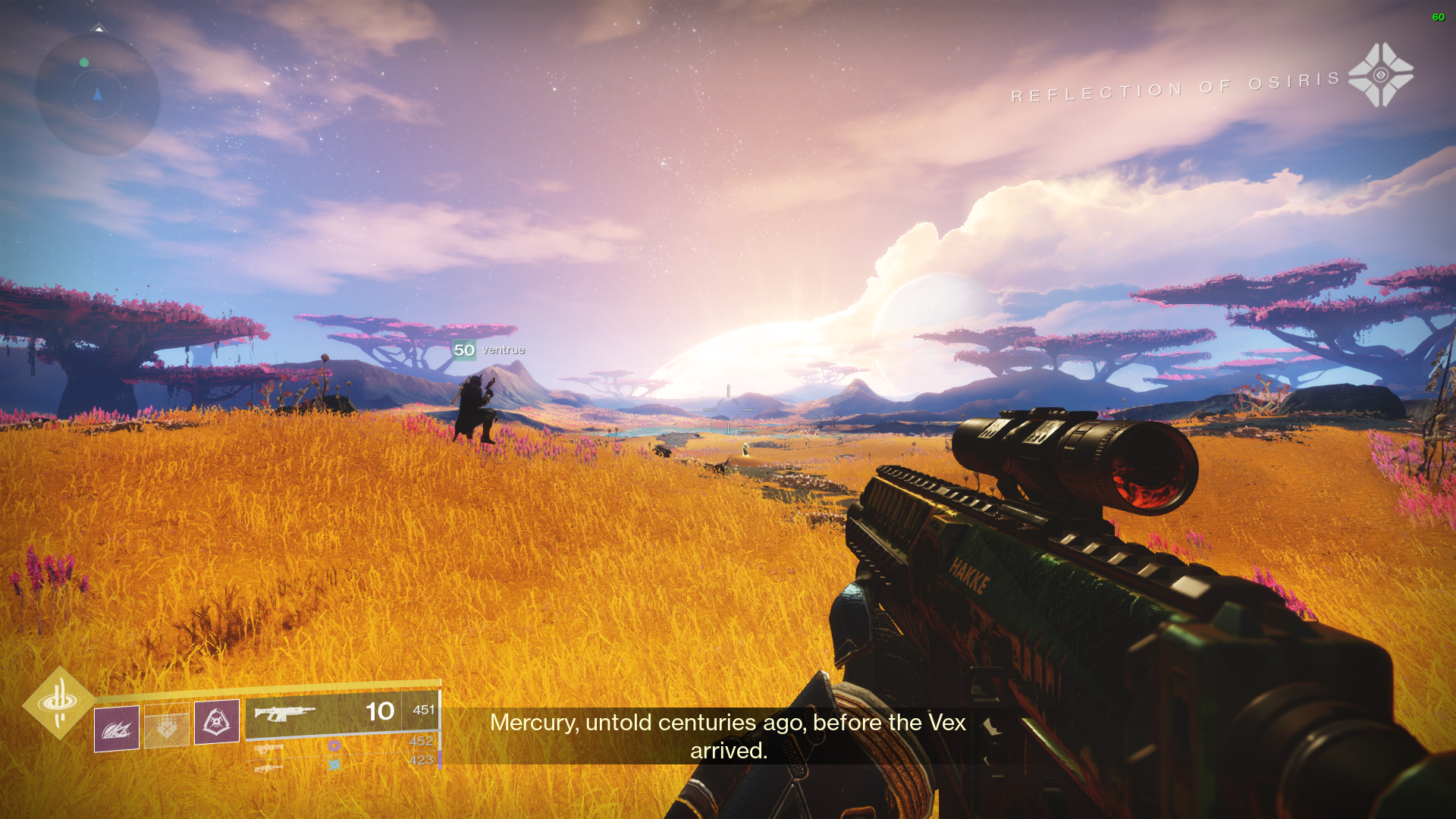
From a game design perspective, this means every player type has lots of things to do. Destiny, a series that historically hasn’t had a lot of content, has solved the series’ biggest issue, right?
...right?
Unfortunately not. You see, Destiny 2 uses negative reinforcement with timers, the fear of missing out, and restrictive enemies that punish you for avoiding weapons that are not fun to use—like scout rifles against champions—while, on higher difficulties, locking the gear you can use, preventing you from experimenting and changing weapons encounter-by-encounter. ( The Division 2 also introduced weapon locking in its sequel and, like Destiny, it suffered for this. Massive has since removed weapon locking).
In Destiny, the bounty system used to be a way to encourage players to go to different planets every day. The bounties always seemed curated to point you towards specific destinations every day, but there was enough leeway that you could go wherever made you happiest.
In Destiny 2, there are bounties on every single planet, which doesn’t solve one of the original challenge system’s biggest problems: Progress is still most efficient if you go to every single planet every single day. Rather than using bounties as a gentle way to guide players to different locations, Destiny 2 just provides a big, unfocused task list.
Additionally, Bungie gave Destiny 2’s bounties a cost and added expiration dates, pressuring players to stick with the game or feel like they’re missing out. This new bounty system means players aren’t logging in to have fun, they’re logging in to remove stressors.
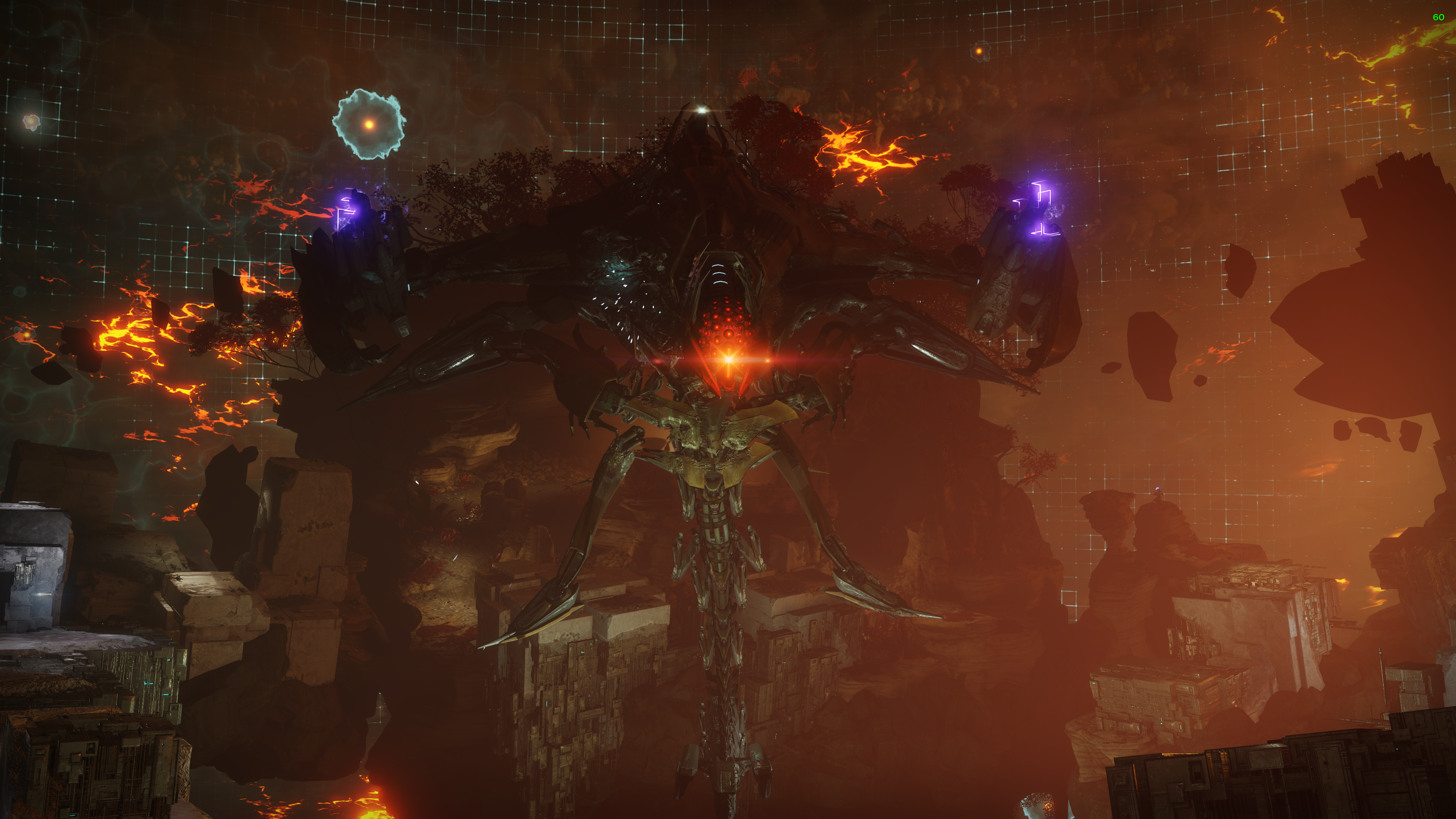
Behind every good live game is a simple philosophy: Give players a compelling reason to come back every single night. It’s a deceptively simple ideal, and plenty of live games have died trying to figure out what it means to be compelling, but the developers who’ve figured out the formula, from Blizzard to Capcom, all understand that players need a healthy mix of desirable rewards, great variety, and minimal pressure.
For most of Year 2, the problem was the pressure of the power grind. Power, which is defined by gear score, is the least interesting aspect of the Destiny experience. It’s a number that goes up as you do stuff, and Bungie’s predictable path to power made playing Destiny feel like a checklist of a bunch of activities. It made the game tedious. Every week, do the exact same activities for the exact same progression, and all that happens is that a number goes up and some activities get a bit easier.
If gear score was that foundational and compelling of a concept, other games that include it, like Anthem and Ghost Recon Breakpoint, wouldn’t be failures. Games like Monster Hunter and Warframe thrive on completely different progression systems. You don’t need the power grind. It’s not the core of what makes Destiny great.
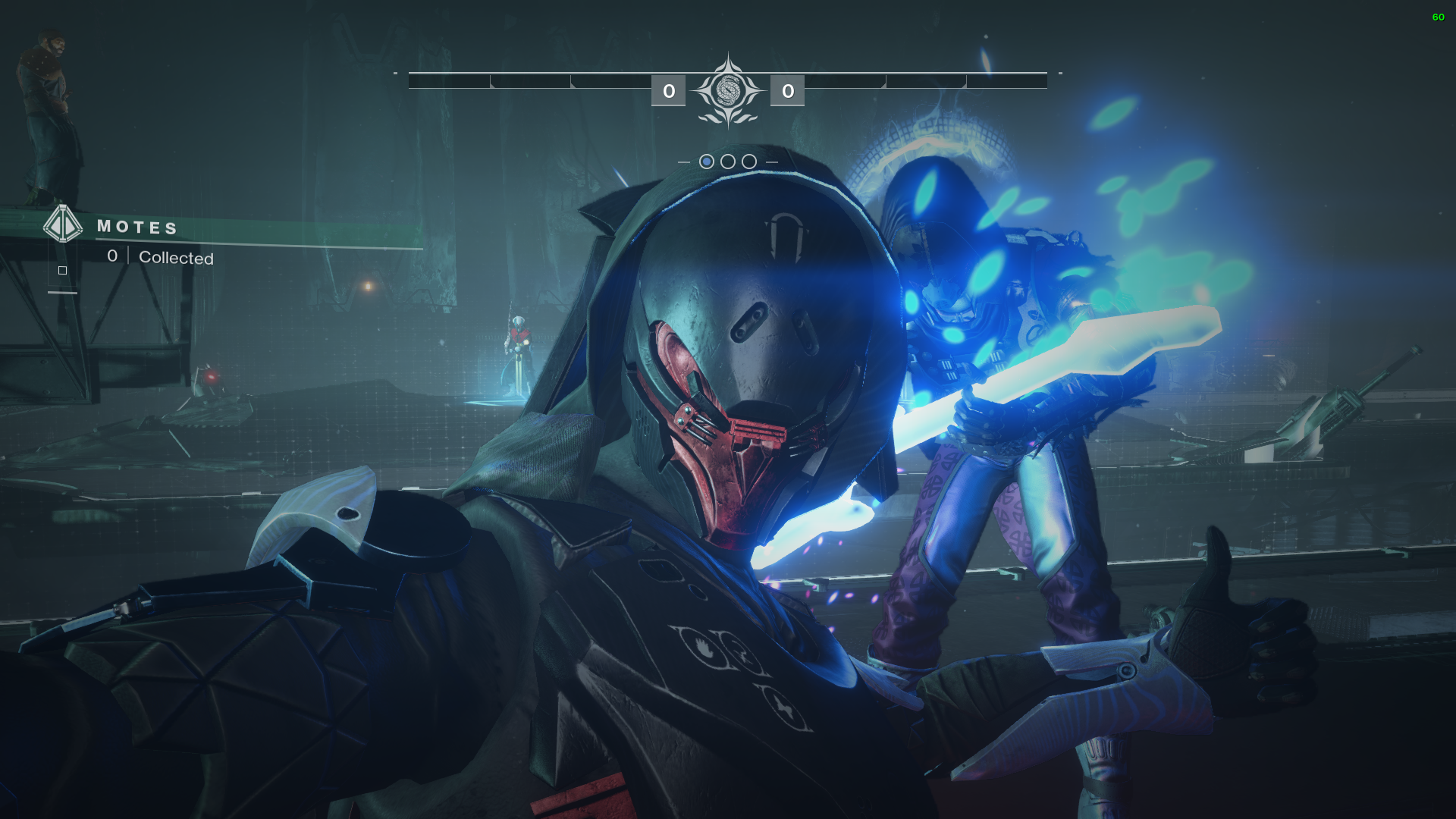
While Bungie recognized that there was an issue with this, Smith’s takeaway was that Bungie should pare down the number of chores, not do away with them entirely. These days, you still have to complete tasks x, y, and z for pinnacle gear. When someone pressures you to do your chores or miss out on gear that looks cool, rather than playing on your own terms… that’s the straw that breaks the camel’s back.
Now, hearing complaints about FOMO, Smith has responded by saying that the current seasons have “...too much FOMO in them. We want to fix this, and next year’s Seasons will have less.”
There are two problems with this statement. First, that for the next six months, FOMO is still going to be a problem. Second, Luke says that the seasons will only have less, not “none.” Elsewhere, in the same post, he talks about “balancing” the amount of FOMO, not removing it entirely.
When a game feels like it’s pressuring you to log in every day, requiring you to treat it like chores, it stops feeling fun. Playing Destiny 2 should be a hobby, a break from life, a place to have a good time with the people closest to you. Instead, FOMO makes it an anxiety-inducing chore, and I, like so many other players, are pushing ourselves to do things that aren’t fun for fear of losing things we think we might want one day.
It’s causing players to burn out and quit. The Fear of Missing Out is toxic, it is destructive, and it offers no benefit whatsoever to the game.
The Loot Problem
Even if Bungie pared down the bounty system and removed the fear of missing out, Destiny 2 still wouldn’t be in a great place, and that’s because of its third big problem: it’s not very rewarding to play.
In a perfect live game, every night should feel different enough to be stimulating, and while it’s not possible to give you levels, missions, and loot at Bungie quality ad infinitum, you should feel like you made some progress every night. Time should never feel wasted.
Destiny 1 accomplished this in several ways. It had a lot of loot, it had a lot of loot sources, and it generally had you acquiring loot in multiple ways. I might log in to find the crucible robot is selling a really good looking scout rifle. Cool, I can go play a heroic story mission, crucible, or strikes to earn the currency required to purchase it. While I do that, I’m also passively gaining XP for Dead Orbit, my favorite faction, which will reward me with a choice of a random armor or weapon upon level up, depending on my preference. If I choose to do strikes, I might also find weapons unique to those strikes. I’m completing quests, which help level up my guns, and gaining resources that I can use for a myriad of purposes.
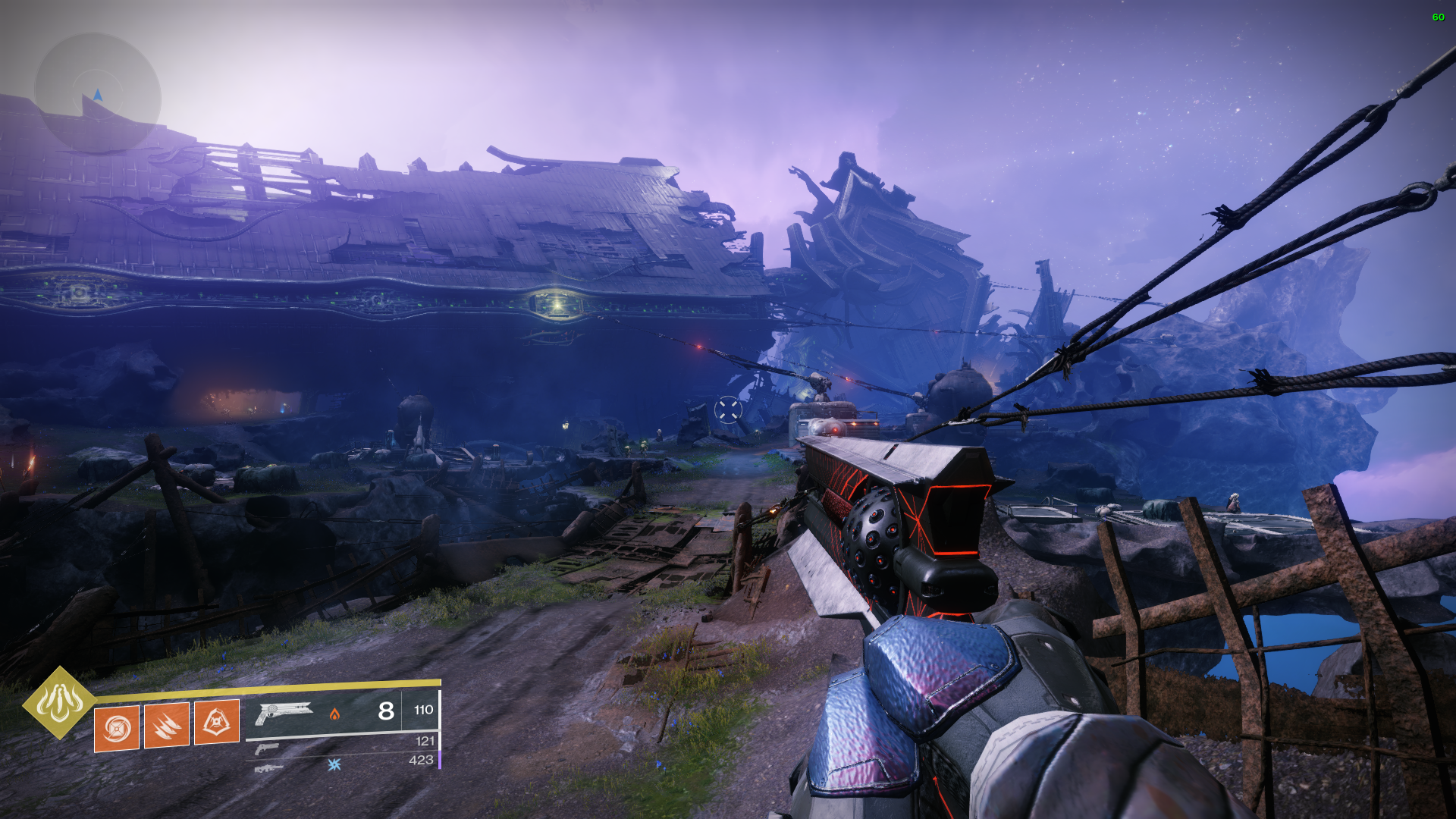
Destiny 2 is completely different. Most activities you run will award useless blue-tier gear, which does nothing but take up space in your inventory or force you to waste time deleting it. It’s like kudzu, an invasive species of weed that chokes the life out of native plants. Blues aren’t rewarding; they’re a waste of time. There’s no point to anything lower than legendary gear in Destiny 2, but Bungie still showers us in useless crap.
Higher tier gear runs into a different problem: with the Armor 2.0 system, you might never see the armor set you want—I’m shooting for a very specific look and set of mods to suit my playstyle, and I have yet to acquire even a single piece of gear in my list with the right stats because there are 8 variables spread out across 4 armor pieces that have to drop. Six months and 430 hours later and I still don’t have the right gear. Being able to chase the gear you want doesn’t help if that gear is rotated out seasonally or if that stupid Tangled Web Helm never drops with the right stats.
To fix Destiny, Bungie doesn’t just need to rethink its entire philosophy of negative reinforcement, it needs to make sure players actually feel like they’re getting something for their time. When all the cool looking gear is locked away behind time pressure and the real money item shop, and somehow we’re still getting blue gear that does nothing but give us a mess to clean out of our inventory, we’re not feeling rewarded.
Destiny 1 was inviting, stimulating, and rewarding, but it was hampered by content droughts and a painfully small player inventory. Destiny 2 has plenty of content, but it’s more interested in making you afraid to miss out on something or stress you out about timers than just saying “hey, here’s something that’s really fun to use. Go get it.”
How do you fix this?
The Goldilocks Problem
If you look at any successful service-based game, players can make progress towards multiple objectives simultaneously. Log in, pick a goal, then choose from the list of activities that make you happiest to achieve that goal. The other day, some friends and I went to the Orokin Derelict tileset in Warframe to complete several bounties all at once, farm for some drops that were unique to Orokin Derelicts, and help me clear some of the Derelict nodes I needed to enter another game mode entirely. We’re pretty tired of that now, but that’s okay; we have other loot to chase. We’ll come back when we’re ready.
Games like Warframe, Monster Hunter World, and Destiny have what I like to call Goldilocks zones. They’re not too easy to target specific loot in, they’re not too hard, and they’re varied enough not to get boring. They’re just right.
In Destiny 2, you’re either stuck with zones that make it too annoying to get loot—if you want the Apostate sniper rifle, you have to go to a specific area of the Moon every three days (Google first to make sure the right boss is available) and hope you luck into a group of random players willing to work with you to get it, and when you do get it, you have to hope it’s the right roll or you’ll have to start all the way over, running through 6 identical waves of “just shoot a lot of enemies from one specific race and do the same couple mini objectives.” It’s so narrow of an experience that it gets rote immediately and stops being fun.
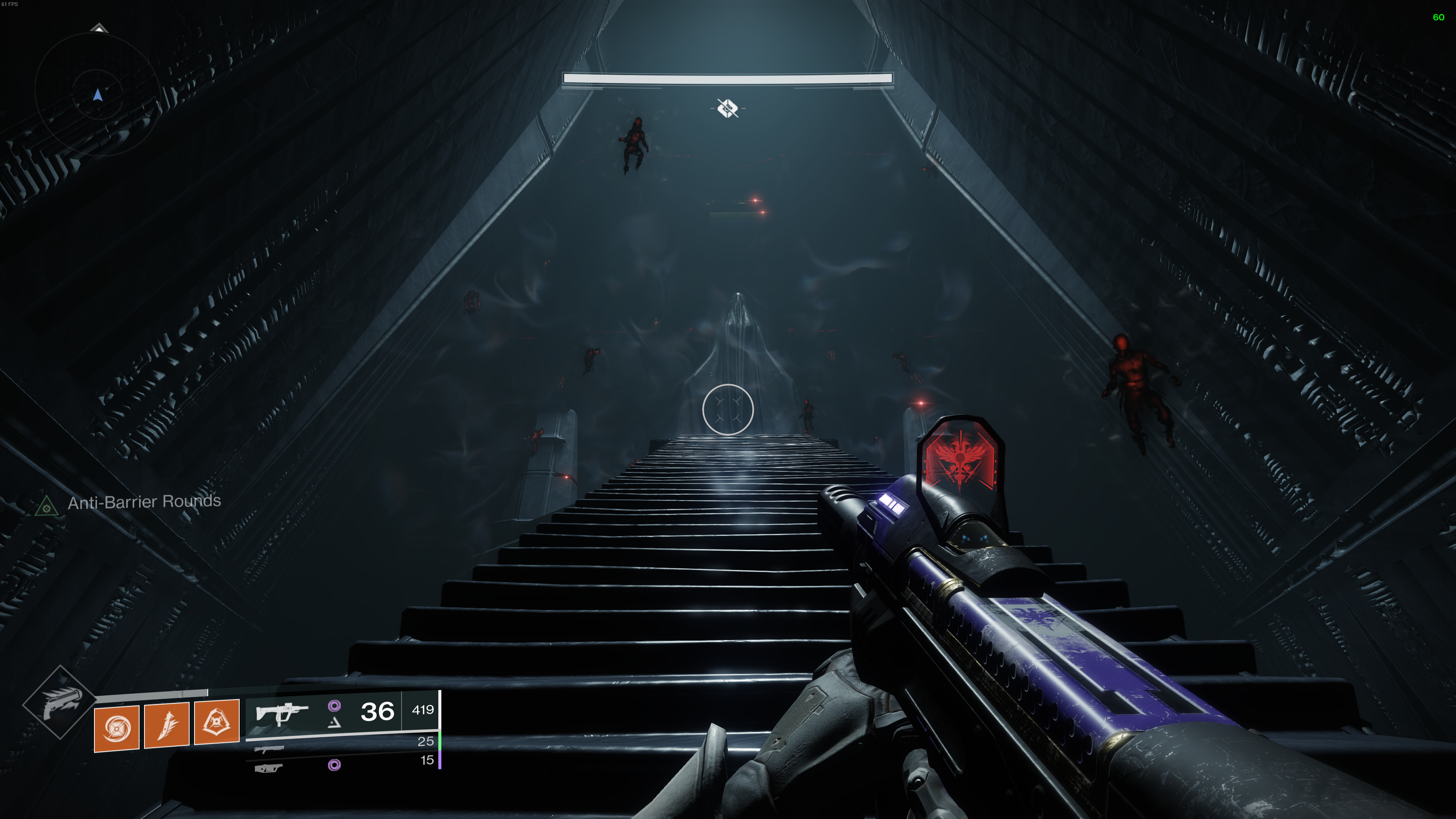
On the flip side, you’ve got activities with targeted loot that are very easy to complete, like the Menagerie, but while they’re easier, they’re still so specific that you have to complete them and only them to get the loot you want. Other items drop literally anywhere in the game, so there’s never really a reason to go to, say, Nessus, when that same item might also drop on the Moon.
What Destiny 2 needs is more Goldilocks zones. Imagine Bungie making it so the Lost Pacific gear set and randomly-rolled Arcology weapons only drop on Titan, but they drop from any activity set there as frequently as players wanted. Players could get weapons like Annual Skate from patrols, lost sectors, and public events on Titan, the Savathun’s Song strike, or winning Crucible matches on maps like Wormhaven and Pacifica, which are all set on Titan. Going to Earth or Mars would offer similar rewards. Spreading out the rewards on a destination-by-destination basis would give players a way to target gear without repeating the same exact tasks and burning out. Toss in some way to chase specific types of weapons, like, say, shotguns, without having a bounty for the exact type of shotgun you want would help too. Just complete it on the destination of your choice to get the shotgun for that destination.
This isn’t to say that there shouldn’t be some targeted gear—it’s always great to earn new raid gear—but giving players more ways of obtaining most weapons in the game would help. Removing barriers like weekly lockouts would also smooth out the experience. Giving Destiny Goldilocks zones would really help with its burnout problem.
The Gear Problem
There’s another reason I think Bungie is getting rid of old content. Back when Curse of Osiris came out, Bungie released my personal favorite set of weapons. I think they’re gorgeous. With the current season, we can now get random rolls of some of these weapons back. Of the eleven available weapons, only four came back. I was so excited to get a new Null Calamity 9 only to find that it wasn’t coming back.
Doing some quick math here, Bungie has produced around 530 guns for Destiny 2, not counting pinnacle or exotic weapons, and only around 175 of those have random rolls. Most, but not all, of the randomly rolled weapons are still available, and Bungie’s hundreds of static-rolled weapons are largely unavailable or useless. Destiny 1 had a similar number of guns that would look great in Destiny 2, which means Bungie’s sitting on a massive goldmine of over 1,000 guns from the past 5 years and who knows how much armor… and… we get less than 20% of them at best.
It’s not a file size issue, at least for Destiny 2’s guns; every weapon that was in the game remains in the game, so it’s not like Bungie’s cycling out weapons to maintain storage space on player hard drives. It’s also not a desire to add custom gun models constantly. Bungie’s never seemed to have an issue reusing weapons before; Black Scorpion, Contingency Plan, and Frostmire’s Hex all use the same base model, for instance. So why would Bungie avoid bringing all these weapons back?
I think there are two reasons; the first is a design space issue, and the second is a desire to give every weapon a shelf life.
What is a design space issue? Think of it like a theoretical limit on the variety of unique weapons that can drop. Recently, players have been complaining about the lack of a gear refresh from vendors and world drops. We’re still finding a lot of Badlanders and Nightshades, which we’ve been doing since September 2018.
In Destiny 2, there are currently 7 randomly-rollable 150 RPM scout rifles. Of the elemental types, one is void and another is arc, so the next time Bungie introduces an elemental 150 RPM scout rifle, it will likely be solar. All of these guns are differentiated by the amount of perks they can roll with. One might be able to run with Outlaw but not Overflow, for instance. It appears that once Bungie started running out of ways to differentiate random rolls, we started seeing the introduction of perks like Full Court and Clown Cartridge.
But here’s the thing: is this actually a problem?
Is Destiny 2 worse off if some of our weapons look identical on a spreadsheet? I would rather spend my time trying to hunt down a Guiding Star that drops with perks like Overflow and Demolitionist than I would worrying about whether it shares statistics with another gun. In a loot game, some differentiation is nice, but functionality and aesthetics mean so much more.
In the Destiny 2020 Director’s Cut, Luke presents a problem: he recently sat down with some people who really liked Breakneck. To Luke, this was a problem; rather than looking at it as “here’s a gun people really love, we made a great thing here,” his response was, in not so many words, “I need to force them to use guns they don’t love as much, making them have less fun, because forcing players to change things up is good.”
Luke isn’t the first game designer to make this mistake; Jeff Kaplan made it on Overwatch. Remember how we said that Bungie’s big problem was negative reinforcement? Imagine being the game designer who decided to remove Chun Li from Street Fighter III to push people to try new characters. Players love maining! Let them! It’s how most people enjoy video games. If you want people to try new things, rather than punishing them for it… reward them instead. Warframe solves this problem by connecting player level with weapon use; to get maximum level, you need to run every weapon up to level 30. Players are rewarded with progression for variety, rather than punished for sticking with what they love.
A while back, I wrote about Hung Jury SR4, a gun that meant the world to me. It still does. In that piece, I described a great gun as “your constant companion, your best friend.” Guns in shooters are central to the experience; they’re literally always on screen, and they’re your best way to reach out and touch someone. In a game like Diablo, swapping out an axe doesn’t matter, because you’re still playing the same attack animation. In a shooter, the gun is as much a character as you are. It means a lot more, which is why Destiny, a series where you can get a gun and stick with it for as long as you want, holds such promise.
After 18 months of trying, I finally picked up the curated Nation of Beasts roll from dozens upon dozens of Morgeth runs in Last Wish, the only place the gun drops. I was ecstatic! This is the best I’ve ever felt playing Destiny 2, and brought me that same feeling I had when getting Vision of Confluence in Vault of Glass. Now I’m chasing a great Chattering Bone.
...Or, I was. See, Luke’s answer to the problem of “people fall in love with things and don’t want to change away” is “we should put expiration dates on guns.” It’s a different kind of FOMO, replacing one toxicity with another. Now, you have to play Destiny 2 every day, because every day forward is a day less for you to enjoy the great guns you pick up.
In a series like Destiny, we pick up guns to start relationships. With the proposed changes, we’ll be counting down the days until those relationships end. That’s not the kind of pressure I want in my life.
Luke makes repeated comparisons to Magic: The Gathering and its new card sets, but he forgets that this is extremely exploitative, that cards are something you can collect and sell for real money, and that most players actually play the legacy modes like Commander. Magic’s players don’t want to be exploited, so the majority of them don’t, and the stress is lessened by the fact that it’s a trading card game—you’re not meant to form a connection to the cards the way you do with your gun. If Destiny 2 were to offer Commander-equivalent Raids and Pinnacle Raids, I’d be willing to be more players would stick with Commander Raids. Why give up the gun that’s been by your side for years? Guns are characters, like Chun-li is to Street Fighter fans; Capcom learned how bad it was to remove popular characters back with Street Fighter 3, and they haven’t repeated that mistake since. Bungie has held weapons back twice, once during The Taken King and once with the release of Destiny 2. Both decisions were wildly unpopular.
The way I see it, Bungie doesn’t understand what its players want: players want things to chase but describe the problem as “stuff to do." While Bungie is giving players a lot of activities through bounties and more than a dozen horde modes, it’s not giving players any reasons to actually do those activities. Why run a strike like Savathun’s Song 50 times to get a single, static-rolled assault rifle that can’t be used in endgame? Adding more strikes won’t make strikes more desirable because loot is either useless or so rare that a player can go hundreds of hours chasing a specific item and never get the one they want. Destiny 2, quite simply, is not rewarding. With the proposed changes to the legendary system, Destiny 2 will never be rewarding. With a lifespan “between 9 and 15 months,” I could never have had that Nation of Beasts moment. The gun would be trash the second it dropped. It’s not great now, because Dragonfly has been unreliable for over a year, but it’s a really fun gun I can take into any raid I want.
Why play a game where the loot doesn’t matter? This is a shooter. Let me fall in love with the guns I want, rather than stress out about their expiration date. Hell, Luke, I’ll pay you $20 just to get Venus, with its strikes and raid back so I can earn Stolen Will, Imago Loop, or Vision of Confluence. I’m still in love with them, and I’d love to have them on PC.
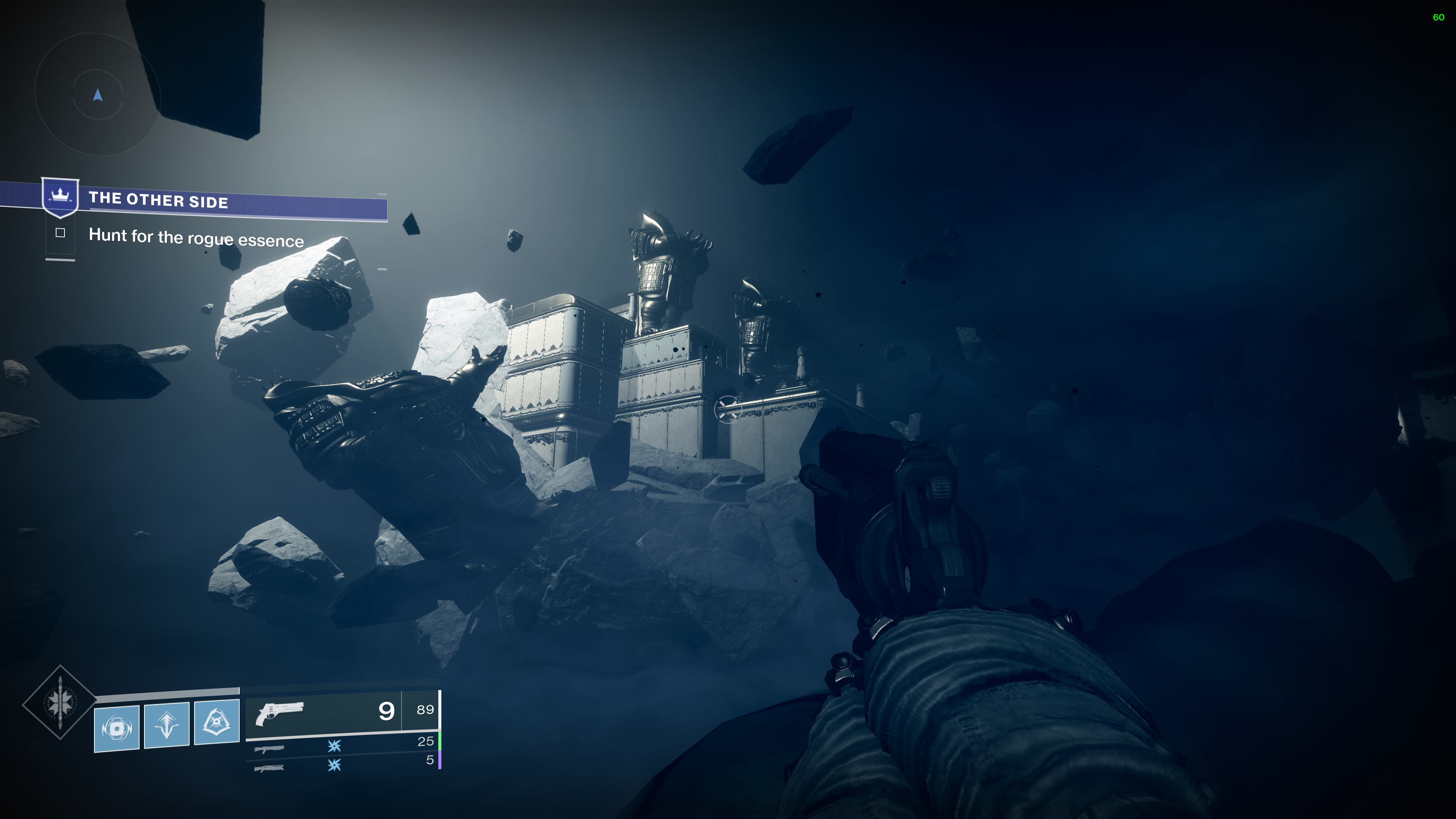
If the loot goes away, there’s no point to earning it. It’s just another kind of fear of missing out, manifested across a different timeline. For Destiny 2 to thrive, it needs to kill that negative approach entirely. Give us things to earn and ways to progress, rather than punishing us for the times when we’re attending funerals or trying to ship our games for work.
The great big secret of Season of Dawn is that it wasn’t bad at all. If anything, it was great. Sundial was fun, the new guns were mostly capable of good rolls, the Saint XIV missions were exciting, being able to pick up bounties for a shot at the gun you actually want ruled… but the key here is that this is all past tense. None of that is available anymore. Now, we’re entering Season of the Worthy, with a new activity that’s pretty fun, but with less new content than ever before. As long as Bungie’s philosophy is about being overly clingy and pressuring you to play and isn’t a about healthy mix of desirable rewards, great variety, and minimal pressure, Destiny will be a game that looks and plays great but isn’t worth sticking around for.
There are so many ways a game can thrive or fail. Some are avoidable, some aren’t. Bungie’s problem isn’t really talent or tech, it’s philosophical. Bungie’s trying to keep up with the demand for more and more activities, rather than giving players loot at a pace that feels fun. Bungie wants to create a living, breathing world with Scarab Lord moments, but they forget how many millions of people weren’t lucky enough to be Scarab Lords. Destiny 2 could be the best live game out there, but it only works if it provides a compelling reason to play. “Play now or miss out” isn’t an exciting message, and if Bungie wants to grow Destiny, they have to make a game worth investing your time in.
from VICE https://ift.tt/2TYGG8v
via cheap web hosting
No comments:
Post a Comment